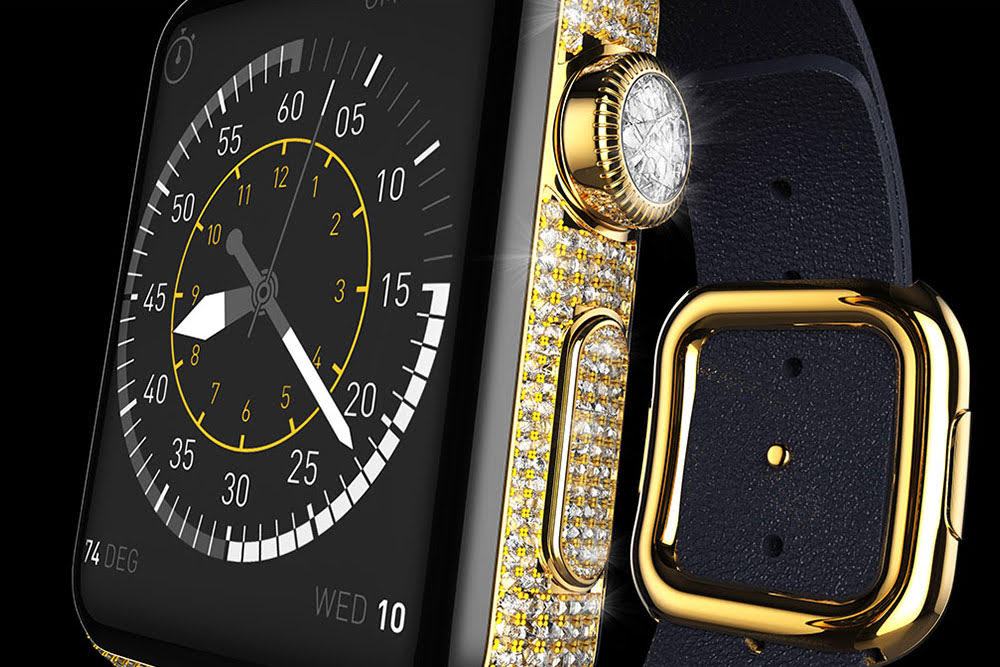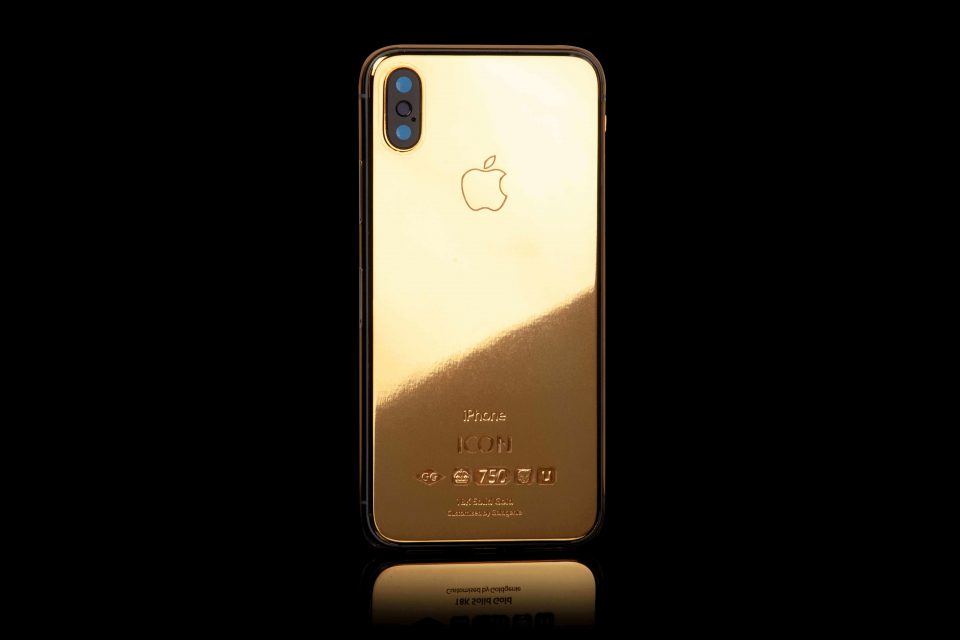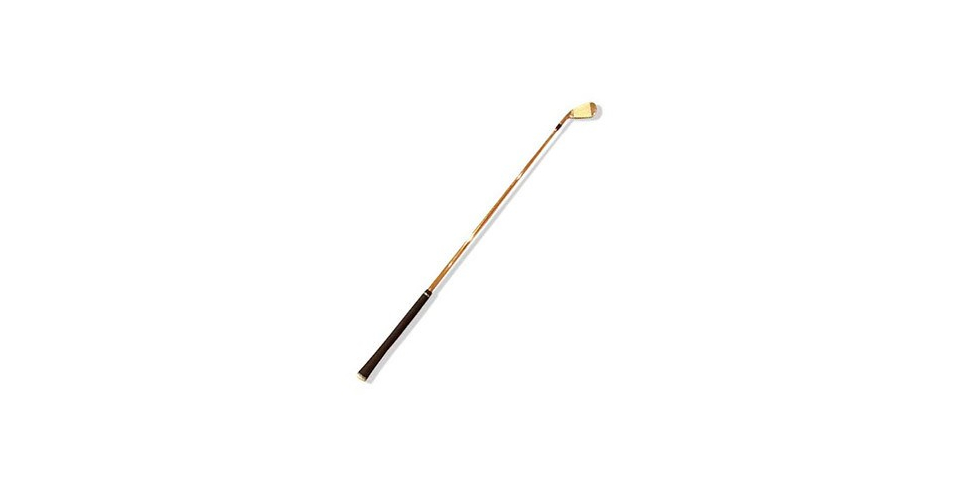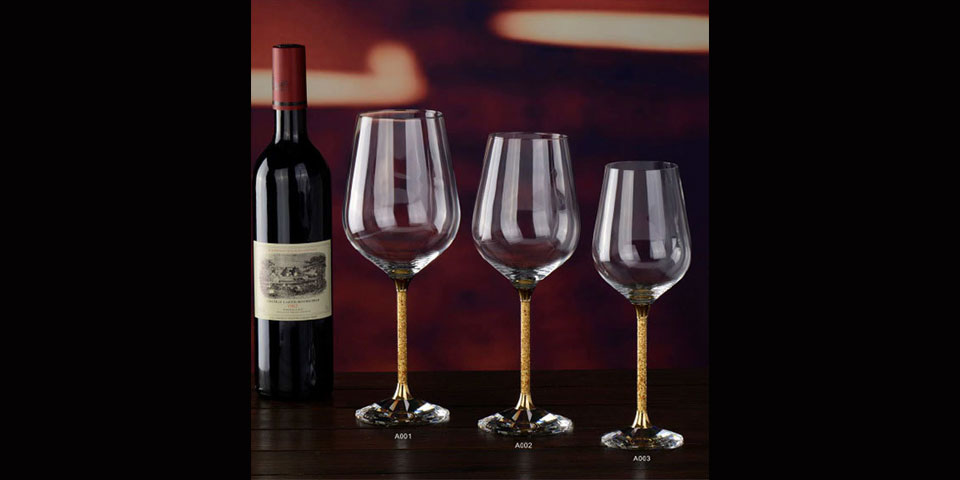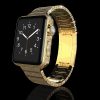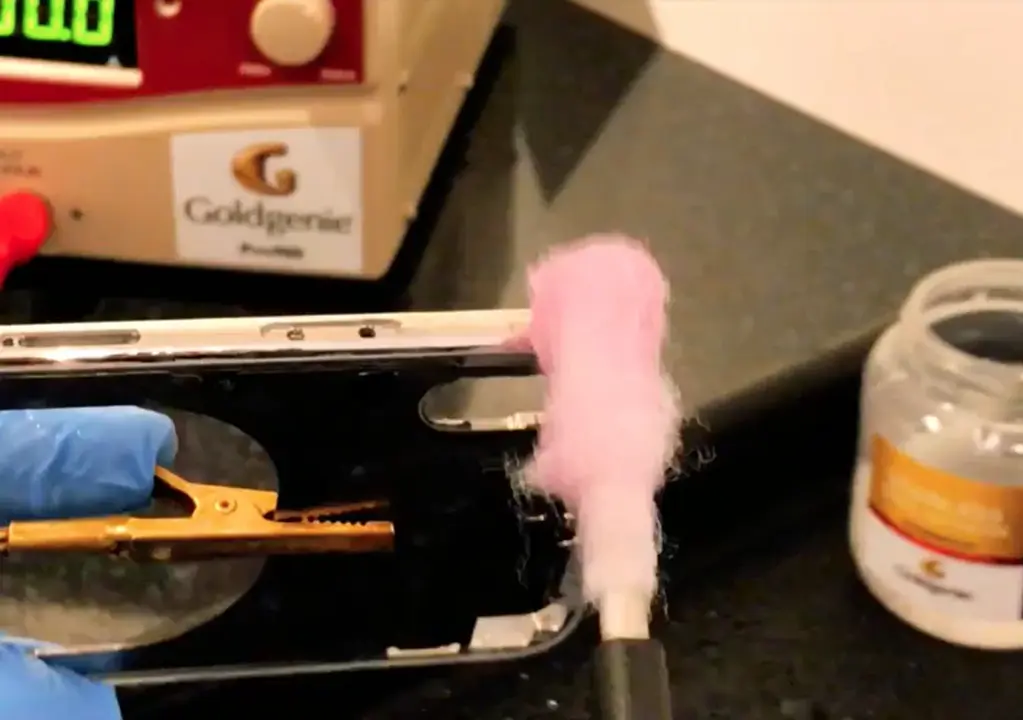How can you tell if gold is fake?

Even in its natural state, it is hard to recognise gold. Gold, in its lode sources, can sometimes be mixed with other shiny materials or rocks that look like gold until carefully sorted or tested. Even when the miners eventually find some moles of gold rocks, the amount of gold that might be contained in that fist of rock might be just a tiny portion of the entire rock itself. Therefore, identifying gold is not something a person who isn’t gold inclined can do with the ordinary eye. Only persons who are gold experts can detect if a gold looking piece is original gold.
How to identify fake gold
Although surveying by eyes is the most convenient, if you are not an expert in this field of precious stones and jewellery, you might be giving yourself a crushing blow, most painfully, when it is expensive, and you buy it thinking it should be solid or pure gold. But for the experts, they might only have to look, and they’d be accurate! Lucky them!
So when it comes to jewellery, even coins, etc., you can go through the piece while keeping an eye on the official markings or hallmarks. For example, there should be a mark or symbol of the producer on the piece. They might be in initials or an acronym. Producers help confirm the originality. Some will even stamp the country of manufacture on them.
There should also be a reference to the purity of the gold in karat or millesimal fineness. 24k gold millesimal fineness is equal to .999, 18k is equal to .750, and so on, with the least being .333, which is 8 karat gold. You shouldn’t find anyone less than .333. However, not all jewellery would have them, but look out more for these to be safe.
Also, an indication of the weight is sometimes included, with grams and ounces being the most common medium for measurement. Sometimes, you can find some letter stamps or expressions such as GP, which means gold plated
- GF – Gold Filled
- GEP – Gold Electroplated
- HGP – Heavy Gold Plated
- HEP – Heavy Electroplated.
This means that the jewellery is not pure gold but gold plated, and the level of purity is made known through these letter stamps. Filled gold has the highest composition of gold.
When you find any of these indications on the gold piece you want to buy, you can still go-ahead to do some affirmative tests. Some major ones include:
* The XRF spectrometer testing: The use of this electronic testing machine is a significant way to know real or fake gold. It is also familiar to professional gold dealers. It is a harmless method and gives at least an almost accurate result. The machine is battery-powered and easy to handle.
* Magnet test: A rare powerful earth magnet such as neodymium magnet would pass this test. They are not so common. If you put a gold piece of jewellery on this magnet and it attracts it, you can be sure it is not real gold or at least not pure gold. That is, its primary component is not gold but brass, copper, zinc. Real gold is not magnetic.
* Ceramic scratch test: This is also another easy test method. You have to look for a ceramic piece and use the jewellery to scratch the face. If it is real gold, it will leave a gold mark, but if it is fake, it will leave a black mark.
You have to note that this isn’t the safest mode of testing, as, in the process of scratching on the ceramic surface, the gold piece itself could scratch.
Conclusion
There are few other ways you can use to tell if gold is fake. Read up on our other contents to know other basics, fast and safe methods of gold testing. Some include the fire test, the make-up or foundation test, water (also known as density) test etc.
——————————————————————————————————-
Read More






